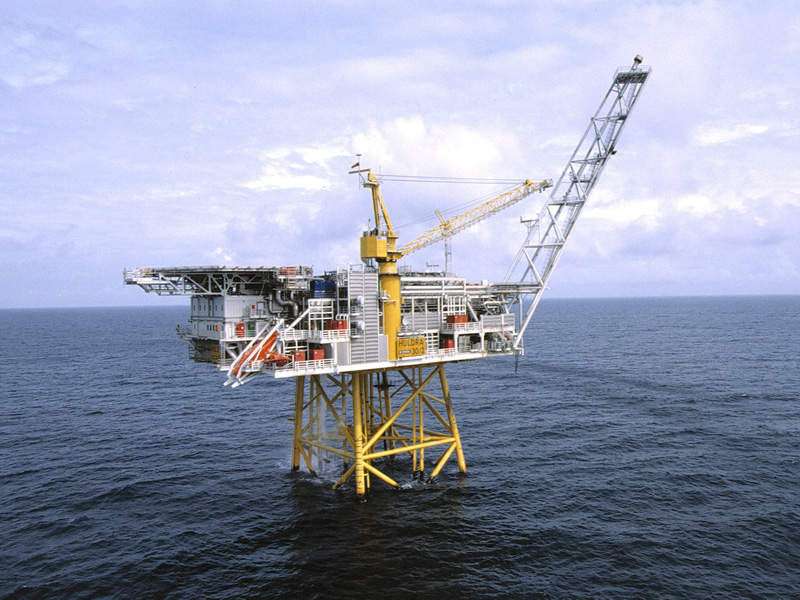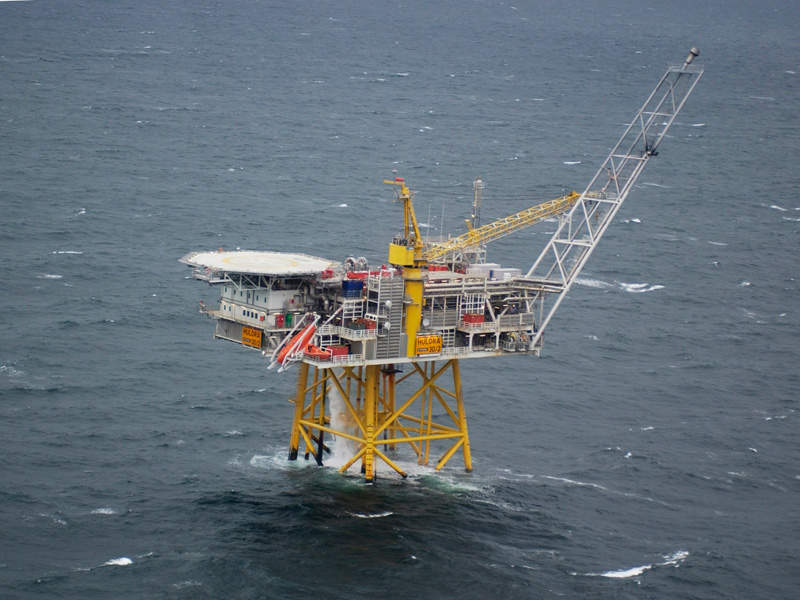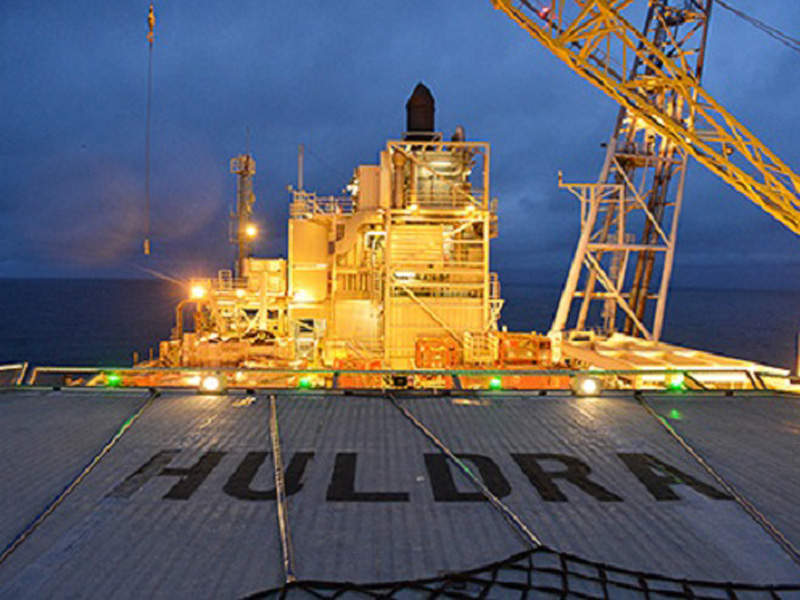The Huldra gas and condensate field, located in blocks 30/2 and 30/3 in the Norwegian Continental Shelf, was discovered in 1982, came online in 2001, stopped production in September 2014. It is located 16km from Veslefrikk and is to the north-east of Bergen in production licenses PL 051 and 052B.
Statoil is the operator with a 19.87% working interest in the field, while Petoro (31.96%), Total E & P Norway (24.33%), ConocoPhillips (23.33%) and Talisman Resources Norway (0.49%) are the co-owners.
The gravity-based installation is the first Statoil-operated asset in the North Sea to be closed permanently. The field’s life was extended for six years against the original production expectancy. Full decommissioning of Huldra is expected to cost an estimated Nkr2bn ($228.4m).
Huldra gas and condensate field background
The field was developed with six wells and a wellhead platform that represented Statoil’s first unmanned installation and is equipped to perform simple process functions. The platform comprises inlet separator, gas cooler and liquid separator, while a compressor module was installed later in 2007.
Managed from Veslefrikk B, gas from the field was transported to the Heimdal field via a 140km pipeline for processing and further shipment to continental Europe. The condensate produced from the field was transferred to Veslefrikk for processing through a 16km, 8in pipeline and exported through the Sture terminal.
Reservoir and production details
Located in water depths ranging from 3,500m to 3,900m, the Huldra reservoir has high pressure and temperature. Production from the field was mainly by depressurisation of the reservoir.
The field has yielded 17.5GSm³ of wet gas since the start of production and has recorded a recovery rate of 80%. It produced approximately 11MSm³ of gas and 4,000Sm³ of condensate a day, at peak.
A total of 130,000Sm³ of condensate and approximately 870MSm³ of gas was produced in 2010 when production had started to decline from the field.
Decommissioning plan for Huldra field
The decommissioning plan includes the removal of the Huldra platform weighing 10,000t comprising 5,000t topside and a 5,000t steel jacket. The installation will be removed in 2019 and approximately 95% of it will be recycled.
The disposal and recycling are planned to be carried out at AF Offshore Decom’s environmental base in Vats, Norway, during the first half of 2020. The removal will follow the regulations laid down by Ospar convention that states that assets not in production shall be removed.
Well plugging on Huldra is scheduled to commence in 2016 using the West Epsilon drilling rig. The platform and other installations will undergo a cleaning process before the complete shutdown of power.
The associated gas pipeline will be cleaned and reused by the Valemon project, while the condensate pipeline will be left with open ends and filling and will not be reused.
The topsides and jacket will be shipped to onshore for scrapping to be recycled and reused in the future. It is planned that the steel installation will be cut and melted during recycling. The 15.4m-high jacket is fixed to the seabed by eight piles that are drilled between 50m and 60m deep in the seabed.
The risers associated with the platform will be left in the seabed during decommissioning and will be removed in the future as part of Veslefrikk’s decommissioning.
Huldra decommissioning timeline
Well plugging and abandonment were initiated and completed in 2015. The installation removal activities are scheduled to begin in the second quarter of 2016 and be completed by the third quarter.
The topsides are planned to be removed and shipped onshore during 2017 while the suspension will be removed and transported in 2018. The entire decommissioning plan is not expected to go beyond 2021.
Contractors involved
The West Epsilon jack-up rig will be deployed for plugging the six wells at Huldra. Heerema Marine Contractors Nederland has been awarded the engineering, preparation and removal (EPR) contract while AF Offshore Decom has been awarded the platform disposal and recycling contract.





